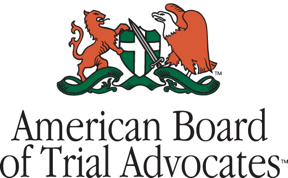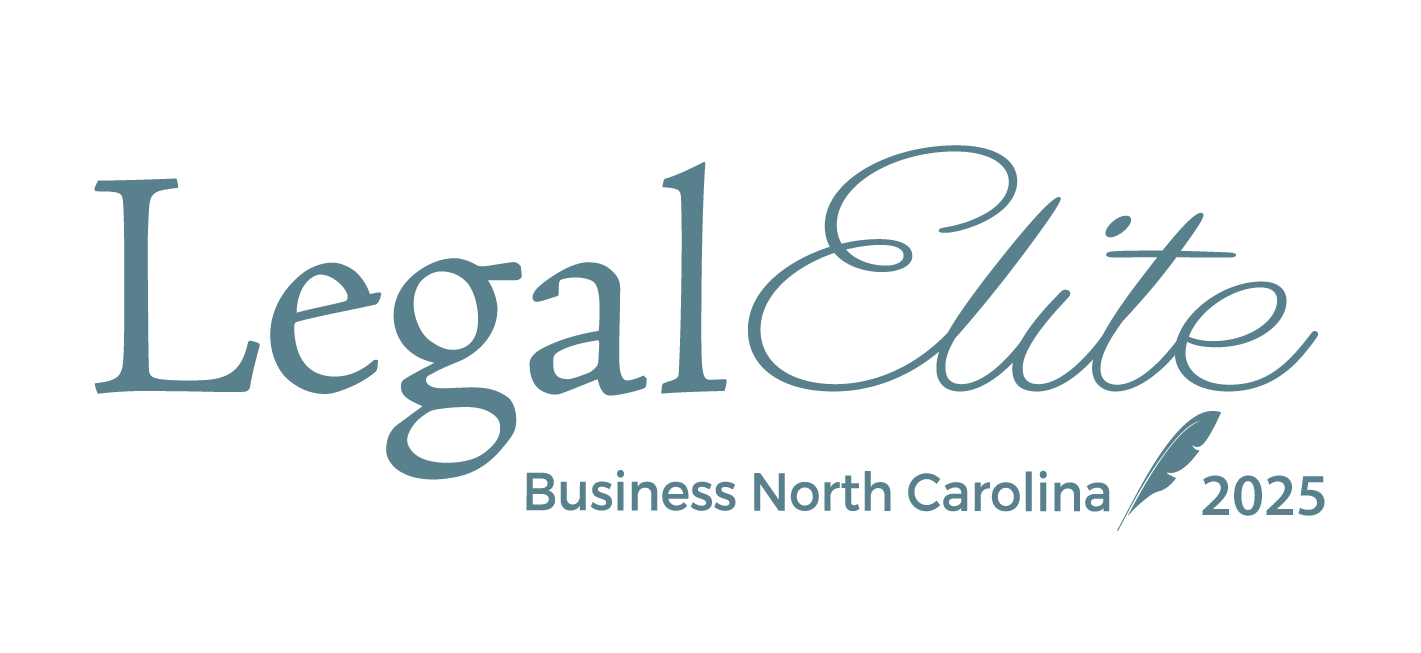A 1031 exchange is a tax-deferred exchange where a taxpayer sells one or more real estate assets held for productive use in a trade or business or for investment (referred to as the "relinquished property") and, subject to the 45 day identification and 180 day closing timing rules (as discussed below), re-invests all of the sales proceeds into new real estate assets of a "like kind" (referred to as the "replacement property").
It is worth noting that a 1031 exchange is a tax-deferral technique, not a tax-avoidance technique, because any gain in the sale of the relinquished properties are "locked in" at the time of the 1031 exchange and will carry over to the assets that are purchased as replacements.
Since the 1031 exchange rules generally provide for a carry-over basis regime, the taxpayer takes the same basis in the replacement property that it had in the relinquished property (i.e., the gain is preserved by a carry-over in basis).
When coupled with estate planning considerations, a taxpayer could effectively eliminate deferred gains by undergoing multiple 1031 exchanges throughout his or her lifetime, leaving such assets to his or her heirs who will receive a step-up in basis based on the fair market value of the assets at the time of passing.
Taxpayers may structure a 1031 exchange in one of three ways:
- A simultaneous exchange between two parties where the parties simultaneously swap properties;
- A deferred exchange where the taxpayer sells the relinquished property and purchases the replacement property at a later time; or,
- A reverse exchange where the taxpayer purchases the replacement property and sells the relinquished property at a later time.
The vast majority of 1031 exchanges are structured as deferred exchanges or reverse exchanges based on the practical difficulties of structuring a simultaneous exchange that complies with the 1031 exchange rules described below. Additionally, deferred exchanges and reverse exchanges require the use of a qualified third party intermediary to complete the transaction (i.e., an unrelated third party to document and manage the 1031 exchange and who must be in place prior to the first sale or purchase of any property).
It's worth noting that a qualified third party intermediary must be truly an "unrelated" third party (i.e., generally speaking, your attorneys, CPAs, real estate brokers, and spouses/family members where a business/agency or family relationship exists do not qualify as a third party intermediary).
The Basic Rules
The "Like Kind" Rule: You can use a 1031 exchange to exchange real estate assets that are deemed to be of "like kind" to one another. While a taxpayer previously was able to engage in a 1031 exchange with respect to personal property (i.e, vehicles, aircraft, or equipment), you no longer can engage in a 1031 exchange involving personal property. Fortunately for taxpayers, the 1031 exchange rules provide very broad rules regarding what types of real estate will qualify as “like kind” property under the 1031 exchange tax rules. In fact, the "like kind" rules are so broad that most real estate assets will qualify as "like kind" to one another.
For example, a 1031 exchange could involve a taxpayer using a reverse exchange to sell a vacant lot held for investment and then purchase a commercial building. While a "like kind" exchange may be applied broadly to real estate, it is worth noting that an exchange of interest in a partnership or limited liability company for an interest in another partnership or limited liability company is not a permitted exchange under the 1031 exchange tax rules.
The Equal to or Greater Than Rule: In order to structure a fully-deferred 1031 exchange, the taxpayer must both (1) purchase replacement property with a fair market value that is equal to or greater than the fair market value of the relinquished property, and (2) re-invest all of the cash that is received from the sale of the relinquished property in the replacement property. Some taxpayers may choose to undergo a partial exchange in an effort to extract cash out of the relinquished property.
While this is an option, it is worth noting that in the event a replacement property is purchased for less than the fair market value of the relinquished property, doing so creates a taxable event subjecting the resulting cash not reinvested in the 1031 exchange to be subject to capital gains tax. As a result, the 1031 exchange will not be considered fully-deferred. As an alternative approach, if a taxpayer is in need of cash from the relinquished property, this can generally be accomplished by undergoing a post-1031 exchange refinance of the replacement property.
The "Same Taxpayer" Rule: Commonly referred to as the “same taxpayer” rule, a 1031 exchange requires the same taxpayer (be it an individual or entity) to be both the seller of the relinquished property and the buyer of the replacement property. However, there are exceptions to this rule. For instance, multiple owners of the same asset (for example, joint owners of a hotel property) can engage in their own, separate 1031 exchanges with respect to the sale of their respective undivided interests in the relinquished property, with each taxpayer being free to purchase different replacement properties so long as the "like kind" rule is satisfied.
Additionally, for those taxpayers who may have been selling a relinquished property that was owned individually or via a single member limited liability company, a taxpayer can use a different single member limited liability company to implement a 1031 exchange even though the new entity was not the seller of the relinquished property. Use of a single member limited liability company for such circumstances does not violate the 1031 exchanges rules since they are considered "disregarded entities" for tax purposes.
The Related Party Rule: The 1031 exchange related party rule seeks to prevent "basis swapping" transactions between related parties that otherwise could be used by the related parties to avoid tax. While there are exceptions, the 1031 exchange related party rule generally provide that (1) if there is a 1031 exchange between related parties, each party must hold the replacement property for a minimum of two years after the exchange, and (2) a taxpayer should not acquire its replacement property from a related party.
The “Qualified Use” Rule: In addition to other requirements, a taxpayer must hold both the relinquished property and the replacement property “in a trade or business” or “for investment purposes,” which commonly is referred to as the "qualified use" requirement. The purpose of this rule is to ensure that taxpayers cannot use a 1031 exchange to defer taxable gain with respect to personal assets (such as a personal residence) or inventory/dealer items.
While there is very little guidance from the courts or the Internal Revenue Service regarding the boundaries of the “qualified use” requirement, tax practitioners generally look at the length of time the taxpayer held the relinquished property before the 1031 exchange and the length of time the taxpayer held the replacement property after the 1031 exchange, as well as the marketing/sale-related activities related to the relinquished property and the replacement property, such as listing the property for sale or entering into a purchase contract for the purchase or sale of the property.
The Holding Period Rule: While there is no bright-line rule regarding how long a taxpayer should hold property to satisfy the "qualified use" requirement, tax practitioners generally refer to a “risk spectrum” based on how long the taxpayer has owned the relinquished property or the replacement property, as the case may be, with ownership of six months or less considered very risky, ownership of one year to one and one-half years considered more reasonable, and ownership of two years or more considered the conservative and safe approach.
Marketing Activities Rule: Marketing activities relevant to a particular 1031 exchange will vary based on the nature of the asset, but tax practitioners generally analyze whether the property was actually used for a business/investment purpose prior to the taxpayer engaging in marketing activities related to the sale of the property. If the property is rental property, the question becomes whether the property was in fact rented, or, if not rented, the extent and reasonableness of the taxpayer’s efforts to rent the property.
Alternatively, if the subject property is a raw and undeveloped piece of real estate that is held for investment appreciation, the analysis is fairly straightforward. Thus, one can acknowledge how a determination of marketing activities can quickly become complicated depending on the type of asset in question.
45 Day Identification Period Rule: Within 45 days after the closing of the first leg of the 1031 exchange (i.e., the sale of the relinquished property in a deferred exchange or the purchase of the replacement property in a reverse exchange), the taxpayer must identify the property or properties that may be used in the second leg of the 1031 exchange. The taxpayer does not have to acquire all of the properties identified during the 45 day identification period, but it generally cannot acquire any properties other than those identified during the 45 day identification period as part of the 1031 exchange.
It should be noted that the 1031 exchange identification rules provide taxpayers with flexibility if they need to identify many low value properties or just a few high value properties. Proper planning and analysis of the market well in advance of the first leg with the assistance of commercial real estate professionals is recommended to properly identify replacement properties that meet a taxpayer's investment goals and risk tolerances.
180 Day Closing Period Rule: Within 180 days after the closing of the first leg of the 1031 exchange (which includes the 45 day identification period), the second leg of the 1031 exchange must be closed. Therefore, the sooner a replacement property or properties can be identified and placed under contract, the better likelihood that the 180 day timeframe to close will be achieved.
However, given the current market trends with limited real estate inventory, taxpayers may face increasing difficulty in satisfying the timing requirements of a 1031 exchange. This fact makes it even more important for a taxpayer to collaborate with its tax advisors and commercial real estate brokers well in advance of a proposed 1031 exchange.
Identification of Replacement Properties Rule: Coinciding with the 45 day identification period, Treasury Regulations establish a number of checks and balances to prevent a taxpayer from simply listing numerous properties (e.g., providing a list of forty properties as replacements) as potential replacement properties in an effort to maximize options and limit the risk of not satisfying the 180 day closing period rule. For instance, so long as a taxpayer identifies three or fewer properties as potential replacements, there is no restriction on the value of such properties.
Conversely, if a taxpayer lists more than three properties, such replacements must be valued in the aggregate no more than 200% of the value of the relinquished property, unless the taxpayer acquires at least 95% of the value of all properties identified (i.e., the taxpayer essentially purchases all properties identified on his or her list). Any violation of the foregoing identification rules would result in disqualification from a 1031 exchange.
We hope that this overview of the 1031 exchange rules is helpful as you develop strategies for exchanging business assets. As indicated above, there are many considerations when structuring 1031 exchanges. The Ward and Smith P.A. Tax Practice Group and Real Estate Practice Group members help clients navigate their business goals and tax planning needs.







